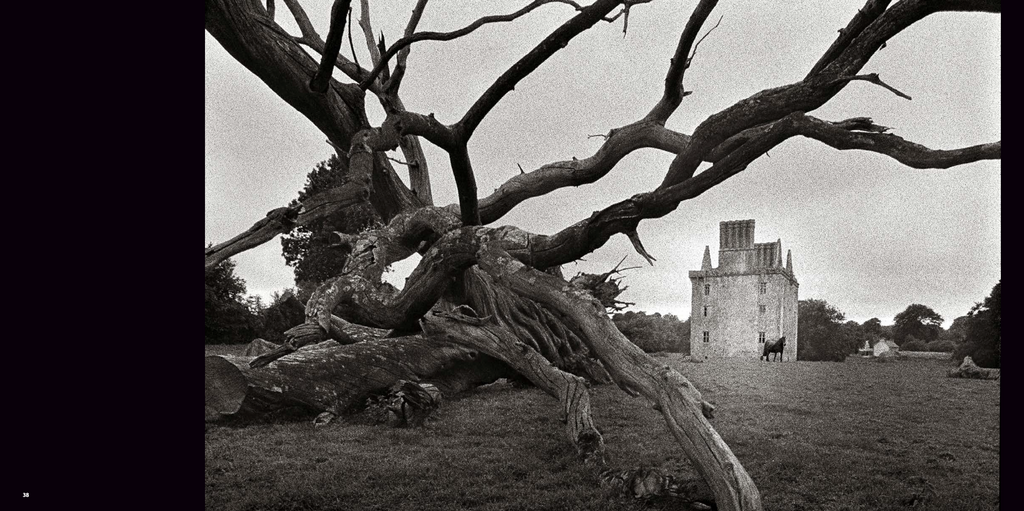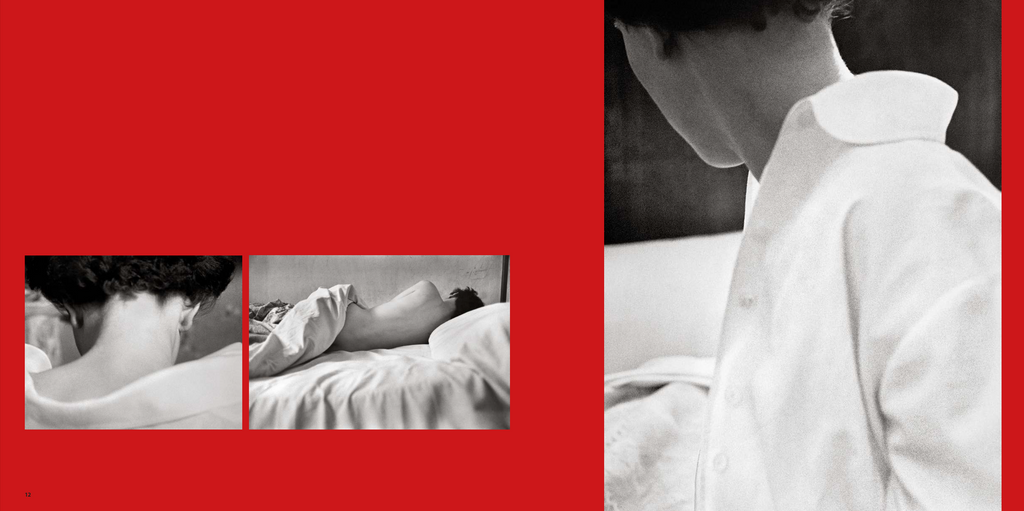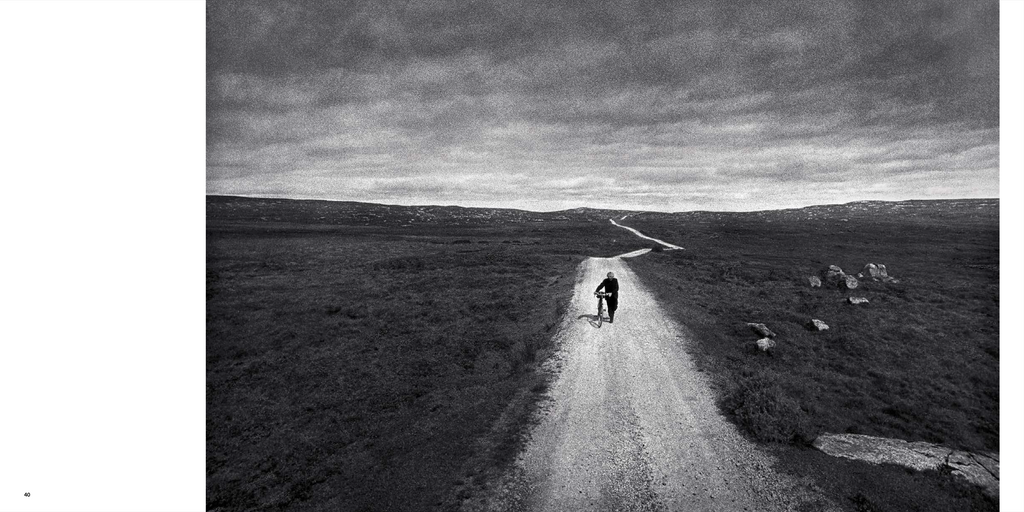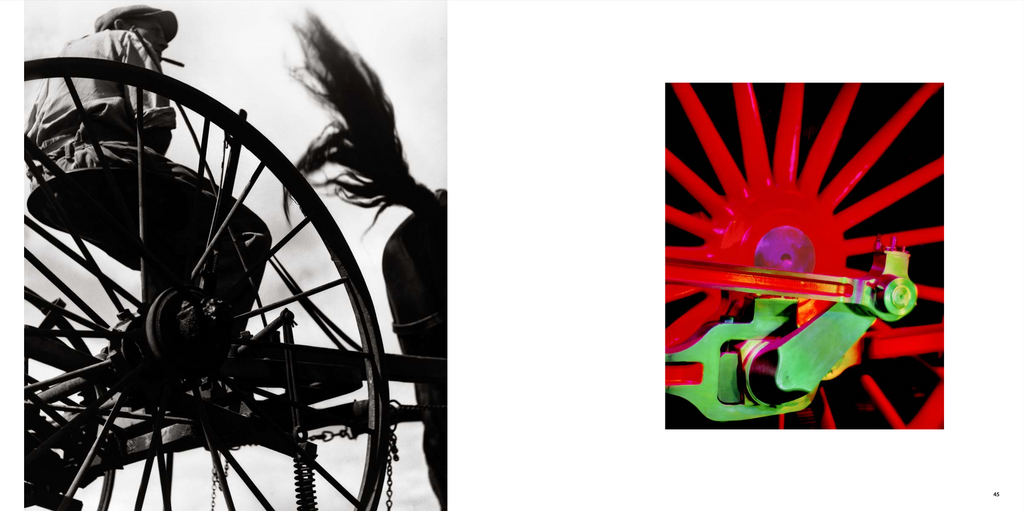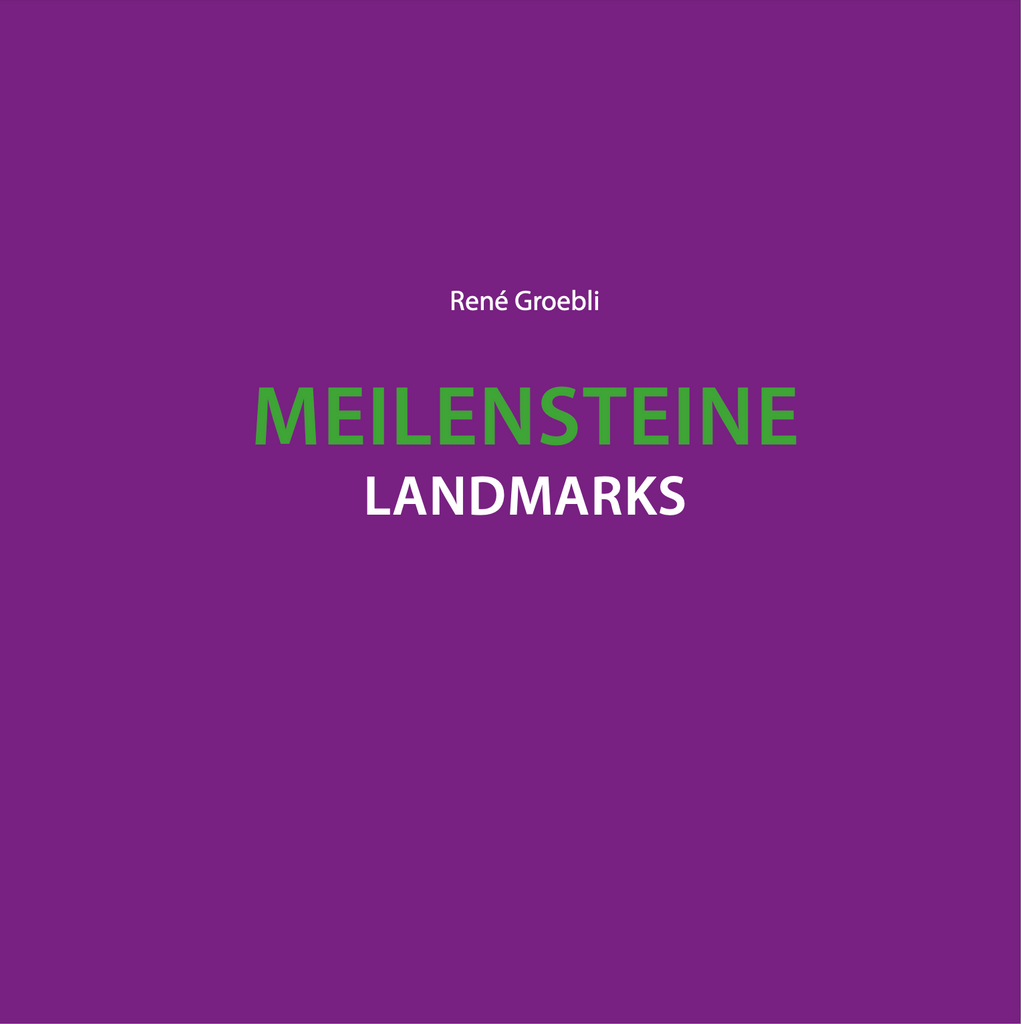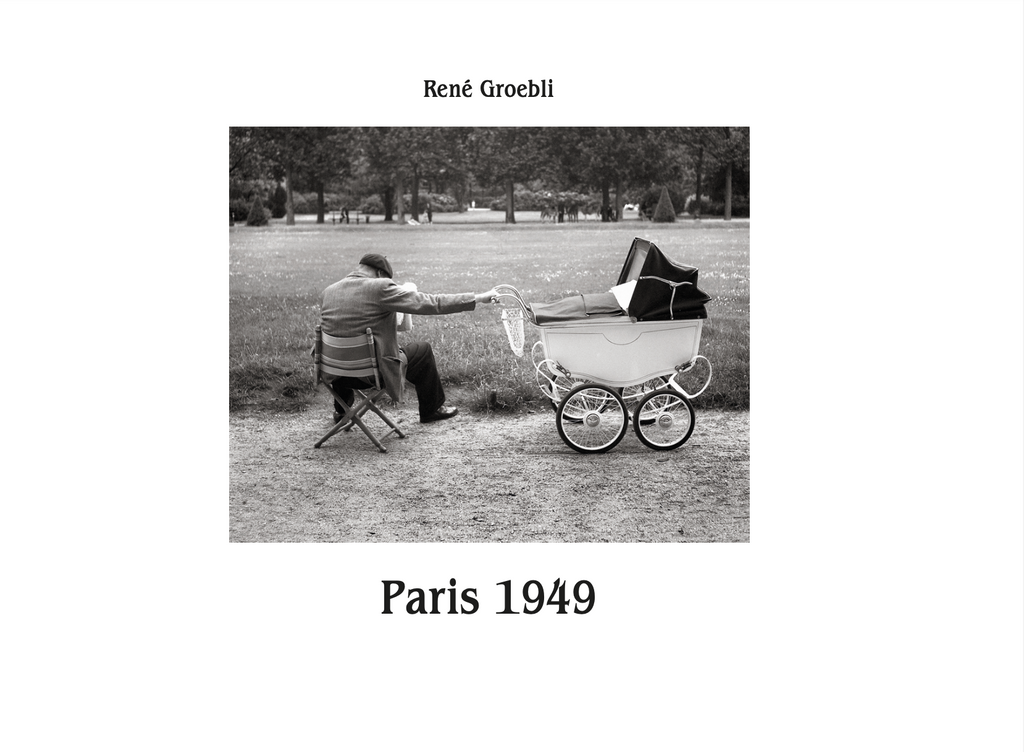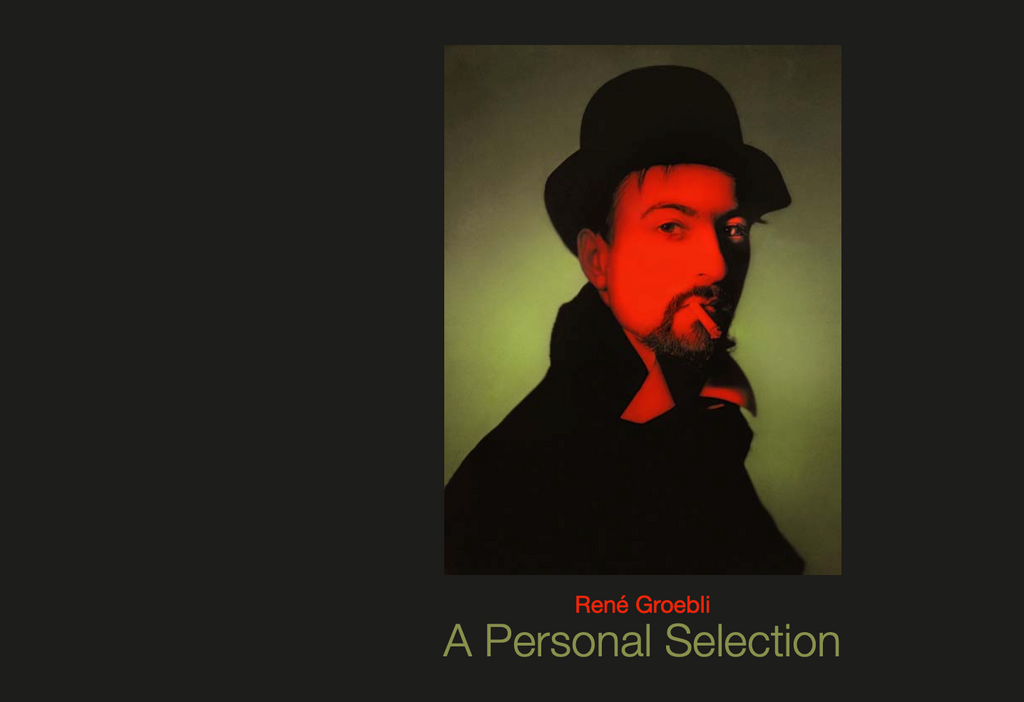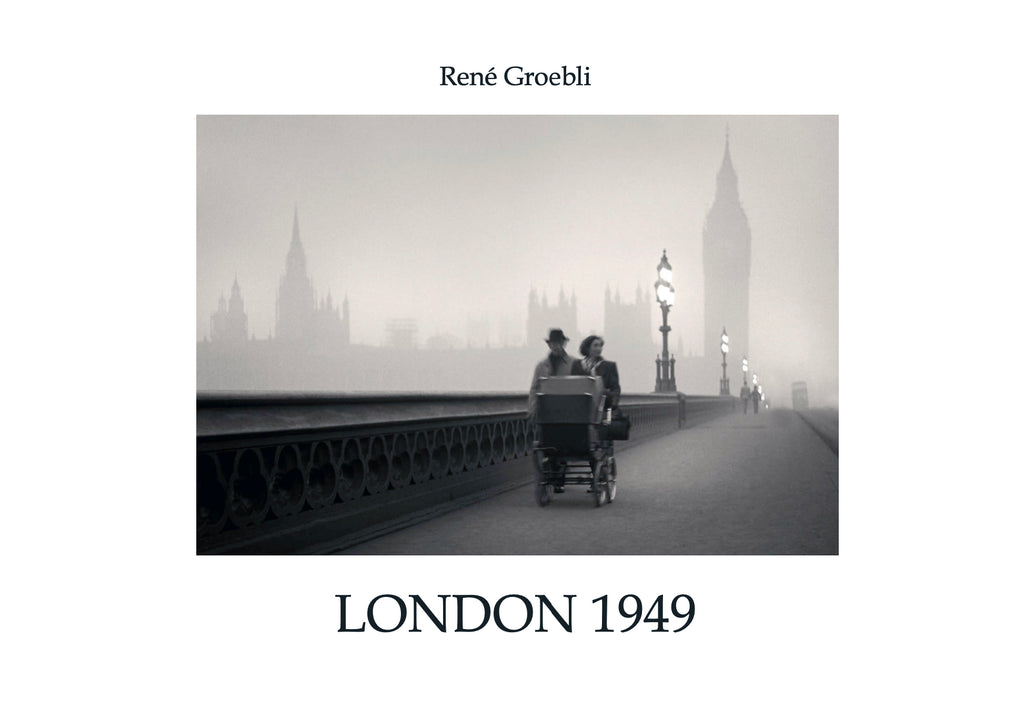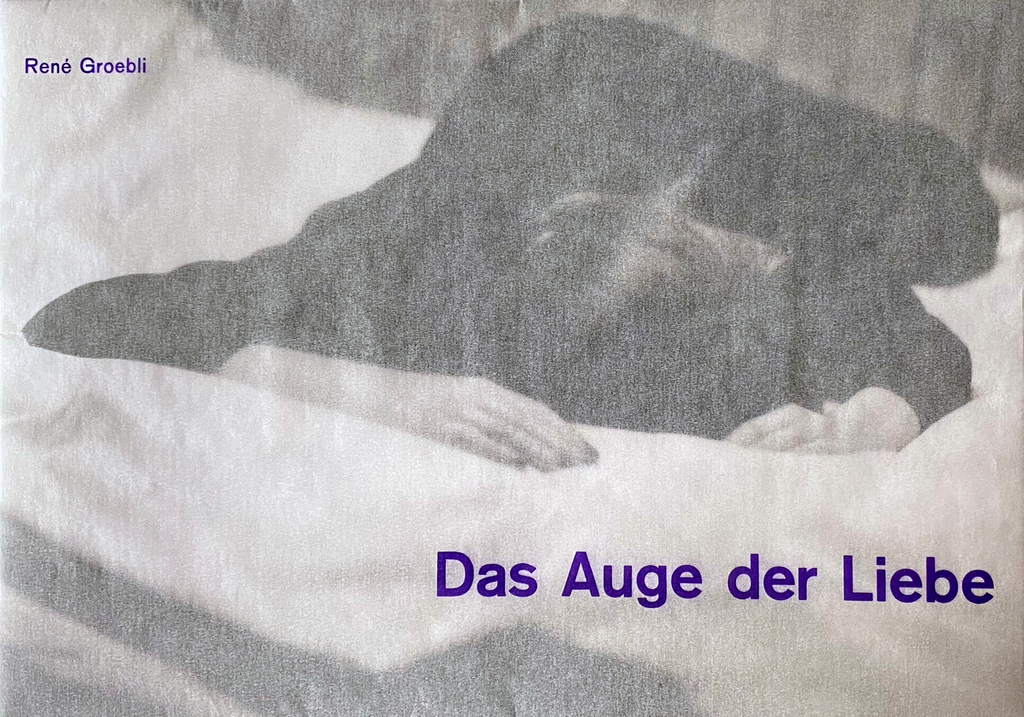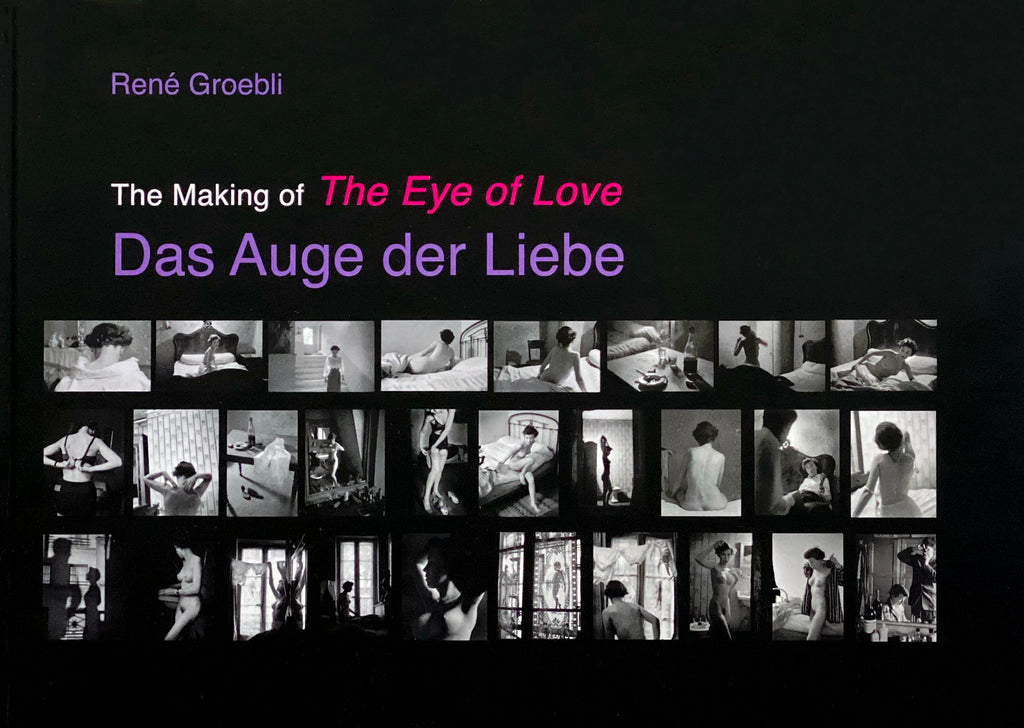Follow
Newsletter - Subscribe for news and updates
Cart
Your cart is currently empty. Click here to continue shopping.
This product is currently sold out.
Meilensteine (Landmarks) combines some of the most iconic images of Swiss photographer René Groebli's oeuvre. The following text is an excerpt from the introduction of the book written by Daniele Muscionico.His oeuvre clearly transcends the borders of countries and just as clearly those of genre, period, fashion and fad. What other photographers of his time neatly organized and classified according to such categories as portrait, staged production, freelance work, commissions, photojournalism, essay, author photography and history of technique is distilled into a single, inseparable whole in the person of René Groebli.
As an avant-gardist, Groebli drove not only himself but also whipped his medium into a gallop. Fascinated by technology, inspired by movement, he wasforever studying, exploring, trying out new approaches to imagery, montage andlighting. Undaunted when the means at his disposal no longer met his needs, he simply invented unique ones of his own.
The achievements of this photographer cannot be fully appreciated without looking at concurrent developments across the border to the north. In postwar Germany of the 1950s, conceptual uncertainties were a constant preoccupation. In 1952, photographer Walter Boje headlined his article “Foto oder Lichtbild?” (Photo or Image of Light) in the country’s leading monthly magazine Fotoprisma, posing a question that would preoccupy colleagues until well into the 1960s. Leading forums pitted the technical achievements of the craft in capturing reality against the medium’s ability to communicate spirituality and emotions.How can a mere handcrafted “photo” be an artistic “image of light”?
The concept of national defense between the wars (in Switzerland) included picturing the homeland as a world intact, as seen in the work of such photographers as Gotthard Schuh, Jakob Tuggener, Paul Senn and Hans Staub.In the ‘50s and ‘60s, farmers, craftsmen and dying traditions feature directly and indirectly in picturesque photographs that colleagues brought back to Switzerland from distant lands—Gotthard Schuh from Bali, Werner Bischof from Latin America. The most famous international emigrant was Groebli’s contemporary Robert Frank, who caught the public eye on publishing Les Américains in 1958. They were befriended and Groebli considered him a kindred soul. His own powerful publications Rail Magic and The Eye of Love had come out almost 10 years beforeFrank’s milestone. Anyone studying Les Américains with this fact in mind cannot help wondering if the photographic approach of Groebli’s friend was indeed as revolutionary as documented in the history of photography. René Groebli’s aesthetics and his technical expertise are a historical caesura.There is no denying that this oeuvre is a milestone of the medium, a pivotal moment in the history of photography.
Hardcover, 31 x 31cm
Edition of 100 copies
66 pages
ISBN 978-3-906822-57-0
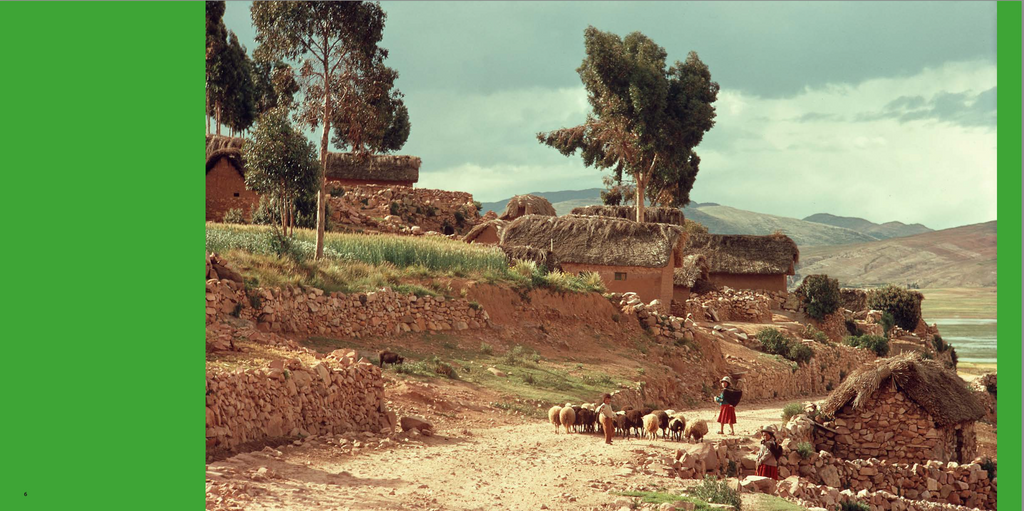
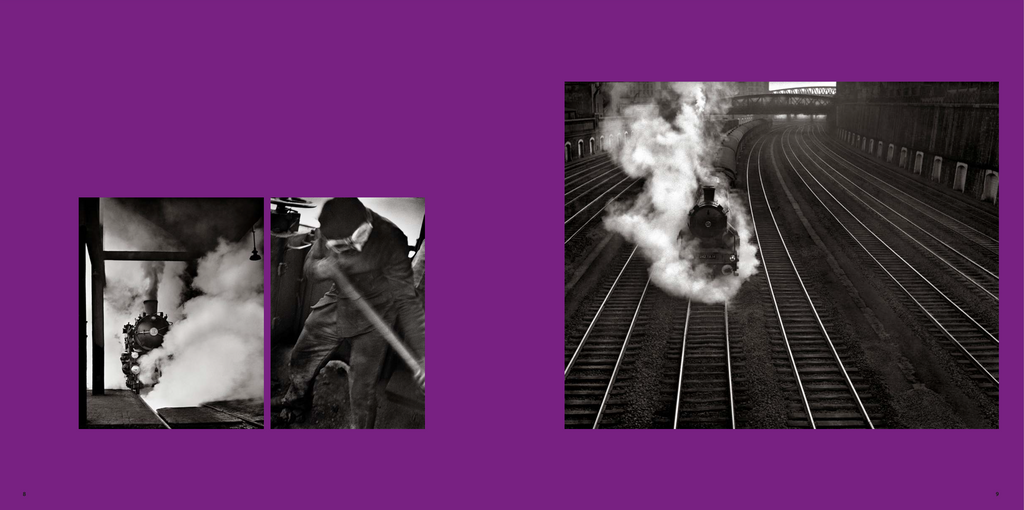
Newsletter - Subscribe for news and updates
